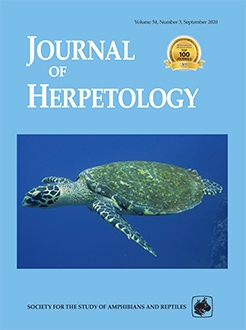An organism's thermal limits provide valuable insights into species distributions and potential climate change impacts. The critical thermal maximum (CTmax) in particular has been widely used for among-species analyses of thermal tolerances. However, CTmax measurements can depend on important context-dependencies, including acclimation temperature and experimental procedure. We investigated acclimation effects on CTmax in two amphibian species commonly used as laboratory models, Ambystoma mexicanum (Axolotls) and Xenopus laevis (African Clawed Frogs), using the standard dynamic method. Both species exhibited an increased CTmax following acclimation to a warm temperature (24°C) relative to cold acclimation (8°C). We also found that warm-temperature acclimation resulted in significant mass losses in both species, possibly reflecting metabolic costs of living at higher temperatures. Our CTmax measurements for A. mexicanum were consistent with CTmax measurements for closely related salamander species, but CTmax measurements for cold-acclimated X. laevis were inconsistent with a prior study of this species. This might have been because of the earlier study employing a less common curve-fitting method to estimate CTmax. These results highlight the importance of accounting for recent acclimation temperatures when estimating amphibian thermal limits and provide further support for the generalization that most amphibian species exhibit increased CTmax following warm-temperature acclimation.
How to translate text using browser tools
21 October 2020
Positive Effects of Acclimation Temperature on the Critical Thermal Maxima of Ambystoma mexicanum and Xenopus laevis
Alex C. Orille,
Ryan B. McWhinnie,
Sean P. Brady,
Thomas R. Raffel
ACCESS THE FULL ARTICLE

Journal of Herpetology
Vol. 54 • No. 3
September 2020
Vol. 54 • No. 3
September 2020




